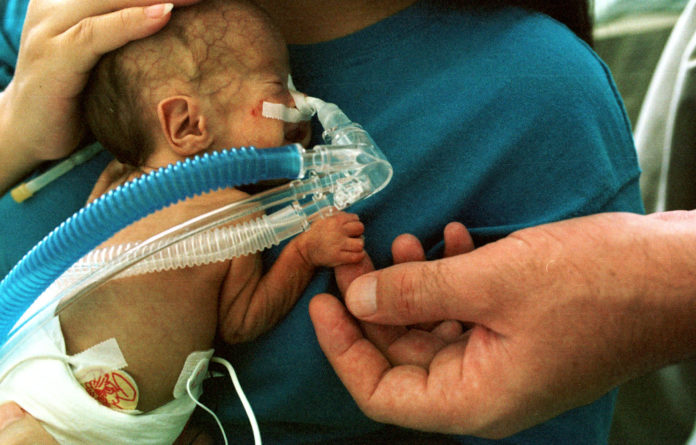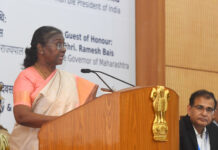
The new report “Every Child Alive” though shows India is reducing child deaths faster than the global average
In 2016, India had the dubious distinction of being the country with the most number of newborn deaths. However despite the 640,000 babies that died in the country, India achieved a 66% reduction in under-five deaths between 1990 to 2015, way ahead of the global curve, shows a new UNICEF report. The global decline in the under-five mortality during the MDG period was 55%.

India however is the only big country in the world to have a higher mortality for girls as compared to boys shows the report “Every Child Alive: The Urgent Need to End Newborn Deaths.” Sourcing its data from the National Family Health Survey and the 2016 SRS data, the UNICEF report shows that under five mortality rate for girls is 11% higher. The mortality rate for girls is 41 per 1000 against 37 per 1000 for boys.
in 2016 there were 120,000 fewer deaths than in 2015.This is the first time that the number of annual under-five deaths in India has gone below one million.
There is also a gender bias in the admission of babies in the Sick New Born Care Units (SNCUs). Currently there are 700 functional SNCUs in the country, more than one per district. The data from these SNCUs show that only 41% admissions are females. In all 150,000 fewer female admissions were reported in SNCUs as compared to male.
The data though shows that in 2016 there were 120,000 fewer deaths than in 2015.This is the first time that the number of annual under-five deaths in India has gone below one million. The target for the Sustainable Development Goals (SDGs) is to achieve an under five mortality rate of 25 per 1000 live births by 2030. The current rate for India is 39.
The report points out, “Eight of the countries with the highest newborn mortality rates are considered fragile states. In these countries, crises including conflict, natural disasters, instability and poor governance have often impaired health systems and hampered the ability of policymakers to formulate and implement policies that promote newborn survival.” It is interesting that though none of these political factors apply for India, the number of child deaths is still very high.













